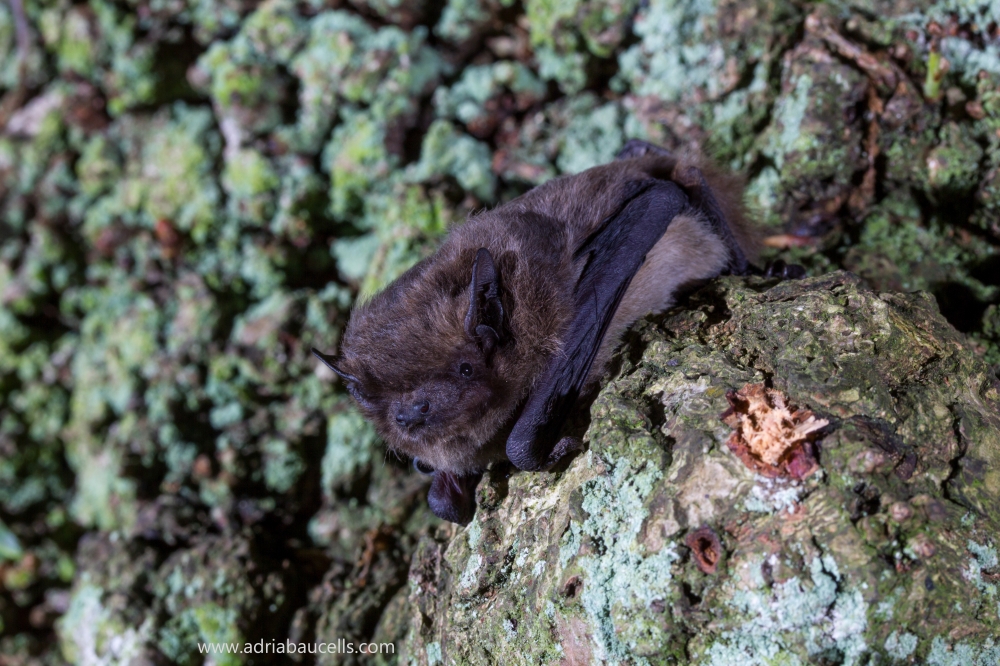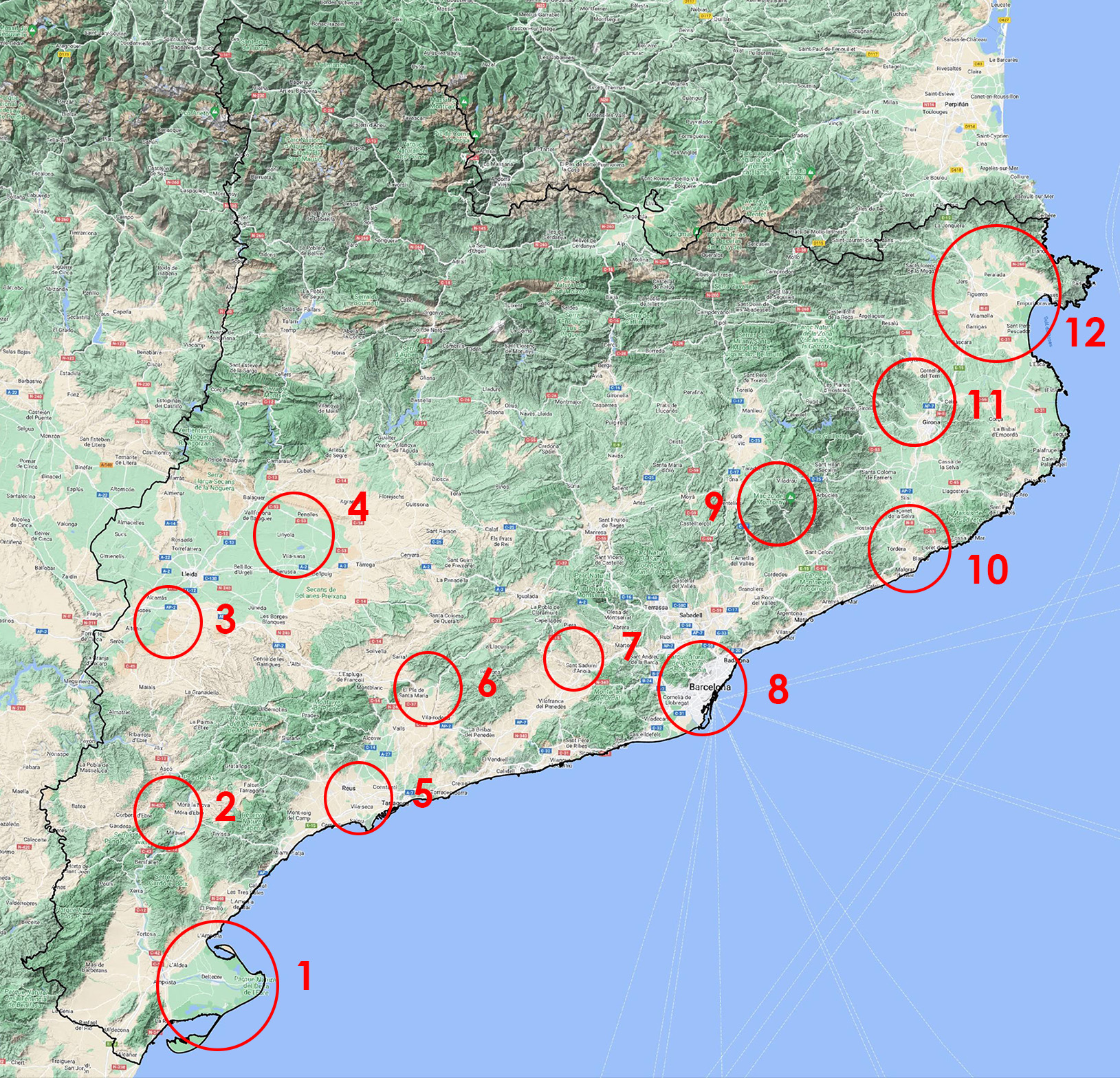Nathusius' Monitoring Group
This group aims to define the migration routes and the wintering areas of the misterious Nathusius' pipistrelle bat.
The Nathusius' pipistrelle (Pipistrellus nathusii) is one of the rarest and more unknown bat species in Catalonia, and probably one of the most threatened by wind power developement. Also, it is a species that cannot be acoustically differentiated from the Kuhl's pipistrelle (Pipistrellus kuhlii) thus, making it even harder to detect easily.
The Nathusius' pipistrelle currently holds the record of the longest distance made by a migratory bat (more than 2,400 km). In Catalonia, the only known resident population is found in the Ebro Delta's wetlands. These are used during the migration seasons as resting areas as well as wintering grounds. Yet, we still do not know its migration route and its presence (or not) in other Catalan wetlands.
The project "Where's the Nathusii?" aims to obtain data on one of the rarest and most unknown bat species in Catalonia. Being a very scarce scpecies, the sampling effort is focused during the migration period (spring and autumn) in potentially used areas and which can be prioritizised as resting areas during it's journey to the Ebro Delta.

Instructions
This monitoring is conducted during the migration season (autumn), from August to November, during which a total of 8 censuses are conducted every 15 days:
- 1st census: 1st to 15th of August
- 2nd census: 16th to 31th of August
- 3rd census: 1st to 15th of September
- 4th census: 16th to 30th of September
- 5th census: 1st to 15th of October
- 6th census: 16th to 31th of October
- 7th census: 1st to 15th of November
- 8th census: 16th to 30th of November
The census includes a 2 km long transect (circular or not) in riparian habitats (wetlands or rivers) and, if possible, with vertical structures like bridges, old trees or buildings present which can serve as mating roosts. The census starts 1 hour after the sunset and has an aproximate duration of 2 hours. The transect is done at a slow pace using the handheld ultrasound detector (provided by the Natural Sciences Museum of Granollers) to record and visualize the social calls emitted by males in order to attract females. For each detected social call, the date, hour and location must be noted and entered as a Sighting, including the recorded sound file.
How to configure the ultrasound detector and upload your data
If you want to participate, contact us at info@ratpenats.org
